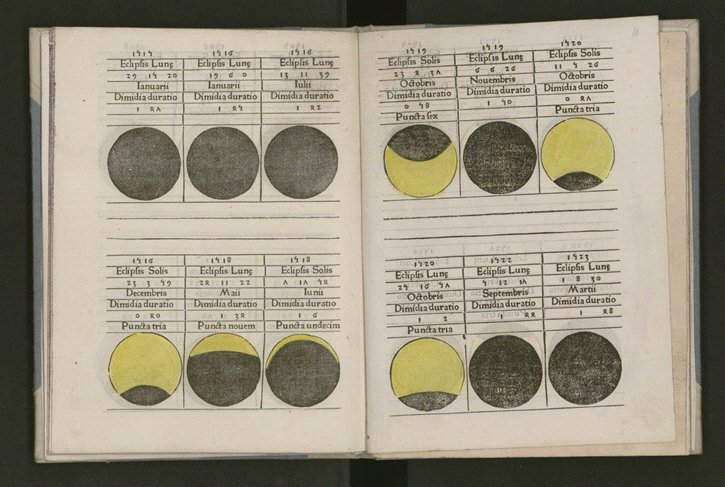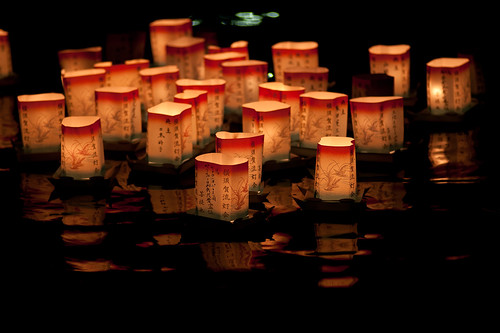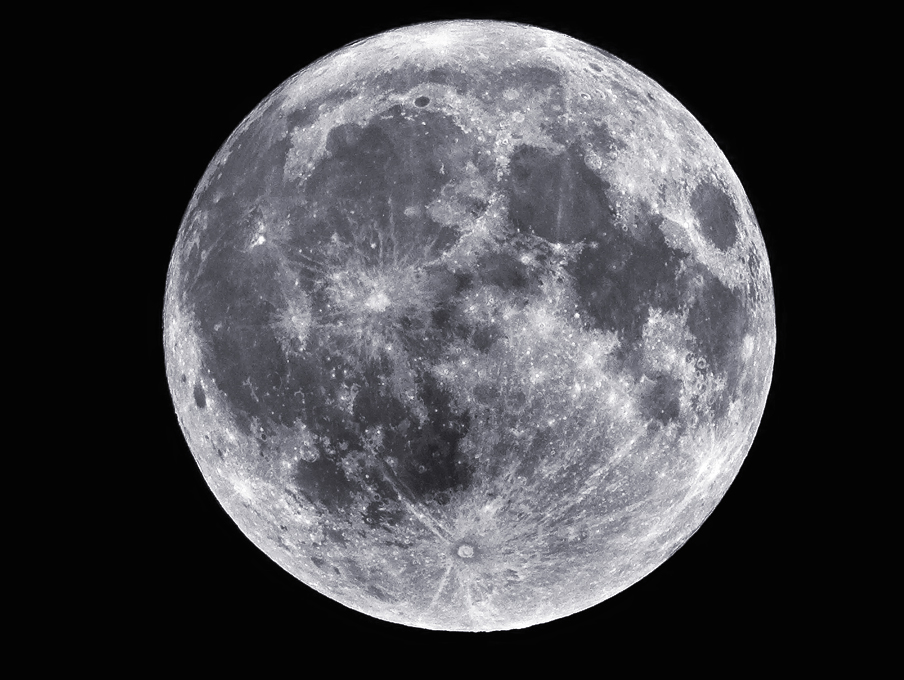No Mardi Gras under a Full Moon
- By Koji Mukai
- February 12, 2015
- Comments Off on No Mardi Gras under a Full Moon
Here is a fun factoid: Mardi Gras is never celebrated under a Full Moon. If you have come across any books, movies, songs or whatever that describes Mardi Gras under a Full Moon, you know it’s a work of fiction.
Calendar and astronomy are intimately linked. The civil calendar used in the US and in many other countries is the Gregorian calendar, which is a solar one (see my Midsummer Day’s Rant blog for Blueshift). But the Moon plays an important role in calendars, too: both the Jewish calendar and the Chinese calendar are lunisolar, while the Islamic calendar is lunar. In all three, the month begins at or near New Moon. While there are always 12 months to a year in the Islamic calendar, there are 7 additional month every 19 years in both the Chinese and the Jewish calendars. This is to keep these calendars roughly in synch with the seasons. So, for example, the Chinese New Year is celebrated at the time of a New Moon sometime between January 22 and February 20 in the Gregorian Calendar.

This book by the mathematician and astronomer Johannes Mueller, known as “Regiomontanus,” began the transition to the new, reformed Gregorian calendar. Because Easter was based on the flawed Julian calendar introduced by Julius Caesar (100–44 BC), the day had gradually drifted away from its spring observance tied to the Jewish Passover. Regiomontanus died soon after being summoned to Rome by Pope Sixtus IV (reigned 1471 to 1484) to begin the reform. The calendar change was not achieved until 1582 under Pope Gregory XIII (reigned 1572 to 1585).
Credit: Library of Congress
I grew up in Japan, where the Bon Festival is one of the biggest traditional celebration of the year. The traditional date for this festival is the 15th day of the 7th month of the Chinese calendar, although nowadays many places celebrate Bon on the 15th of July or August on the Gregorian calendar. Traditional dates for Bon always coincided with a full Moon, allowing celebrations to carry on late into the night without the need for artificial lighting – I don’t know if this was the reason for picking this date, but it certainly was a consequence of that choice.

Bon Festival, Credit: Jeff Laitila
In 2015, the Chinese New Year falls on February 19th. Since it’s under a New Moon, you have to celebrate it during the day or you need artificial lights – but maybe you don’t want to be out and about at night in the middle of the northern winter anyway. It turns out that Mardi Gras is just a couple of days earlier, on February 17th.
When I saw those dates, I became curious: do they ever coincide? It turns out they do, pretty often, although we are currently in the middle of a longish gap (it last happened in 2002, and it will happen again in 2026). To come to this conclusion, I simply compared a list of the dates of the Chinese New Year and a list of the dates of Mardi Gras. These lists have 84 years (1947-2030) in common, during which the two dates coincide 10 times. In general, they are either just a few days apart or roughly a month apart.
And here is the reason for this: Easter Sunday is the first Sunday after the first Full Moon after the March equinox. So it is 0 to 7 days after a Full Moon. Mardi Gras, on the other hand, is the Tuesday that is 6 weeks and 5 days before Easter Sunday, with Lent in between. Since one Lunar cycle is about 29.5 days, or slightly more than 4 weeks, the duration of Lent is roughly one and a half Lunar cycles. Therefore, Mardi Gras is always within a few days of a New Moon *by construction*, sometime between February 3 to March 9.
Nowadays, the lives of city dwellers are not affected much by the phase of the Moon. Optical astronomers do care a great deal, though, because you can observe much fainter objects when the Moon is not lighting up the night sky. You can even make yourself unpopular by organizing an astronomical meeting near the New Moon, or “dark time” as we call it – there are bound to be colleagues who prefer to be observing during dark time. If you don’t run into any optical astronomers in New Orleans for Mardi Gras, it’s not necessarily because they are a boring bunch.

Photographed by an Expedition 28 crew member onboard the International Space Station, this image shows the moon at center, with the limb of Earth near the bottom transitioning into the orange-colored troposphere, the lowest and most dense portion of the Earth’s atmosphere. The troposphere ends abruptly at the tropopause, which appears in the image as the sharp boundary between the orange- and blue- colored atmosphere. The silvery-blue noctilucent clouds extend far above the Earth’s troposphere. Credit: NASA



